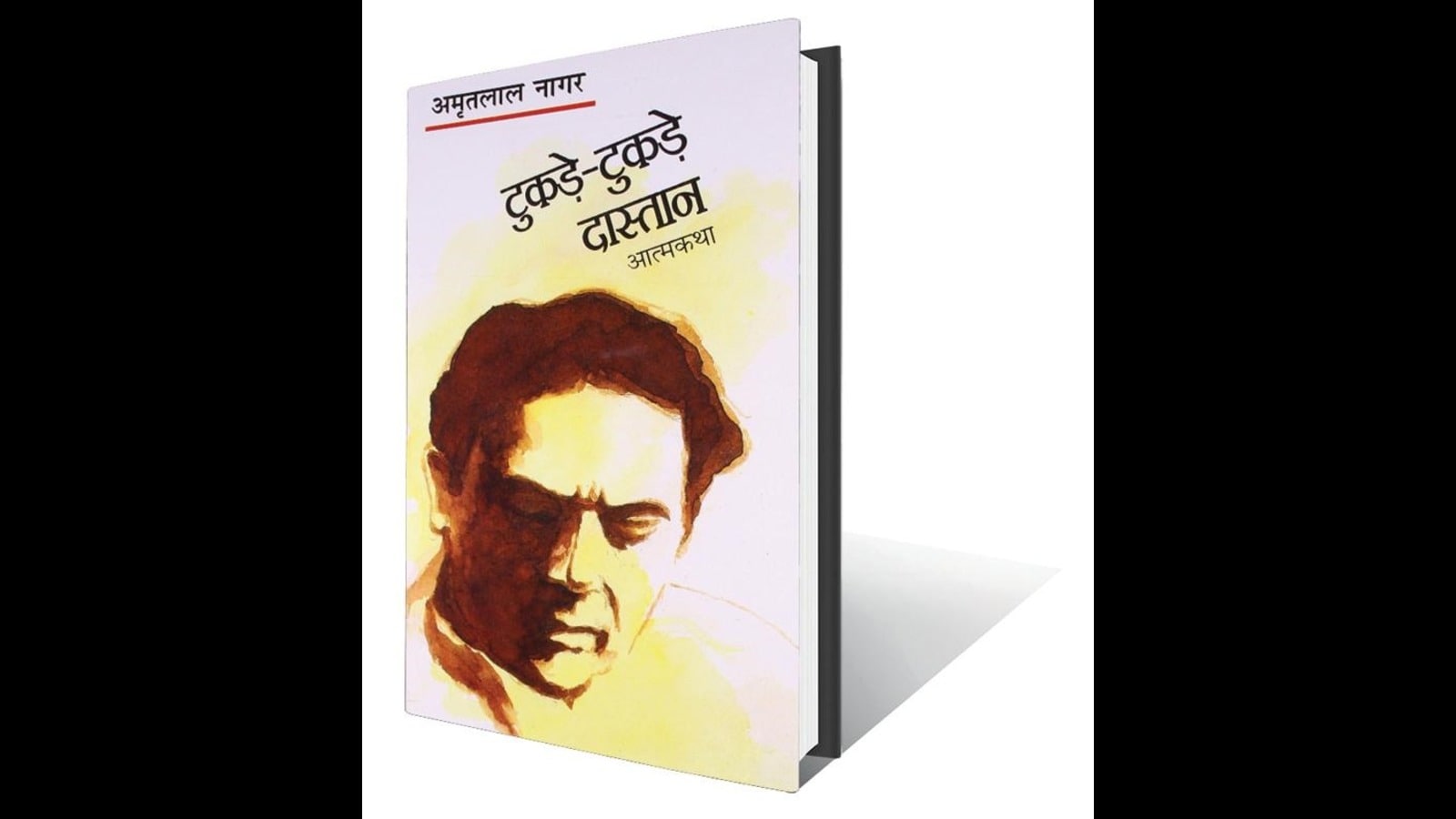Forty years ago, director BR Chopra released his hit film Nikaah. It was based on a radio play by Achala Nagar, who worked with Akashvani in Bombay. It was his first film as a screenwriter and dialogue writer; with him she began a thriving sleeve as a film writer (she went on to write hits such as Nagina and Baghban.)
While working on her second film, Aakhir Kyon?, for J Om Prakash, she quit her radio job. It wasn’t an easy decision, giving up a secure paycheck for the uncertain world of movies. But there were echoes of what his father, the remarkable Hindi writer Amritlal Nagar, did in 1956.
{{^userSubrated}} {{/userSubrated}}
He gave up his radio job for an economically unstable life as a writer. He had been a screenwriter for seven years in the 1940s and had also given up that career to devote himself to the kind of writing he loved. Amritlal Nagar will write 14 novels, dozens of short stories, reports and memoirs. A Lucknow that no longer exists lives in his works, through unforgettable characters and through the sights, sounds and aromas he captured.
Nagar died on February 23, 1990, leaving behind a legacy he created at great expense for himself and his family, his life testifying to how difficult it is to earn a living as a writer in India.
{{^userSubrated}} {{/userSubrated}}
As a child, Nagar was forced to read novels in secret. His father Rajaram Nagar wanted him to be a doctor. It was not a mere ambition; Rajaram had dreamed of being a doctor himself. But he was the only surviving son of 15 children born to his parents. They didn’t let him leave town.
Suffocated, forced to be content with a career in the post office, he committed suicide at the age of 40. Nagar was 19, and now responsible for his young wife as well as his mother, grandmother and two younger brothers.
He dropped out of college and took a job as a clerk with an insurance company, but quit within 18 days. He started putting out literary magazines with a few friends, but that petered out. Family savings have been wiped out.
{{#elements}}
{{/elements}}
In 1940, aged 23, he went to Bombay to write for films; he will stay there for seven years. He was lucky and found work easily. But he was haunted by the way the industry treated those it no longer needed: women once famous as gramophone singers were cast aside, junior officials were fired without warning and ended up as beggars.
Economically, it was a comfortable period. But in his memoir, Tukde-Tukde Dastan, he wrote: “I didn’t get the mental satisfaction I should have had from writing films… It’s true that in this country, writing for sahitya especially hindi sahitya, you can’t earn enough to run your household…” He longed to return to his beloved Lucknow and become a freelance writer again. His wife Pratibha told him they would get by with less money. “All I want is for you to write,” she says.
{{^userSubrated}} {{/userSubrated}}
Nagar left Bombay in October 1947 and moved into a 19th century haveli in Chowk. The years that followed will be difficult, but among his most productive. He had already published Bhookh (The Hunger) in 1947, a seminal work on the Bengal famine of 1943. Now he began to collect material for his ambitious novel about the middle class of Lucknow, Boond aur Samudra (The Gout and the ‘ocean).
But in the meantime, Bombay’s economies have dwindled. Again, money became an issue.
Around this time, in a welcome act of sponsorship by the Indian government, All India Radio (AIR) began recruiting literary writers for jobs, allowing them to work only a few hours a day. Sumitranandan Pant was named chief producer; Bhagavaticharan Varma and others were enlisted as producers. After six years without any real income, “the radio job came as a boon from the gods,” Nagar wrote. He completed Boond aur Samudra during his AIR stint.
{{^userSubrated}} {{/userSubrated}}
Three years later, however, AIR changed the rules and required its producers to perform a full day’s work, Nagar quit. He never had any other job.
Nagar’s best work was produced during his years as a freelance writer. He would eventually earn a Padma Bhushan and a healthy dose of fame during his own lifetime. But it was very expensive. He and his wife had to take dramatic measures to get out of it.
Their four children, for example, were sent to live with Pratibha’s wealthy mother in Agra. “I used to go to Lucknow during my summer holidays and my father wrote me letters regularly,” says Achala. On home visits, Achala would hear her mother telling people that she would pay them their dues once the royalties from Nagar’s books came (they came twice a year).
{{^userSubrated}} {{/userSubrated}}
Nagar would live out his years in the rental haveli in Chowk, until his death at the age of 73. It is strange and disturbing to think that he would struggle just as much today. There is still no modern patronage culture sahitya in India.

